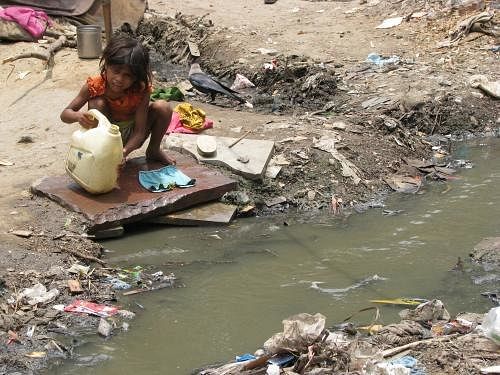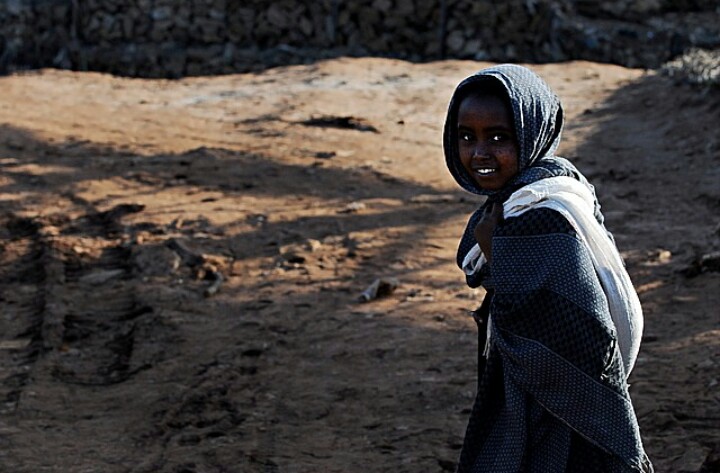According to the World health organization, childhood diseases related to environmental factors represent an enormous global public health problem. This is particularly true in developing countries and impoverished communities, where there is often lack of awareness and knowledge about the effects of environmental hazards on children’s health.
Reducing environmental risks could prevent 1 in 4 child deaths. In 2012, 1.7 million deaths in children under five were attributable to the environment. These included 570 000 deaths from respiratory infections, 361 000 deaths from diarrhoea, 270 000 deaths from neonatal conditions, 200 000 deaths from malaria and 200 000 deaths from unintentional injuries.
Environmental risks have an impact on the health and development of children, from conception through childhood and adolescence and also into adulthood. The environment determines a child’s future: early life exposures impact on adult health as fetal programming and early growth may be altered by environmental risk factors.
Adverse environmental conditions and pollution are a major contributor to childhood deaths, illnesses and disability, particularly in developing countries.
Children are particularly vulnerable to certain environmental risks, including: air pollution; inadequate water, sanitation and hygiene; hazardous chemicals and waste, radiation; climate change; as well as emerging threats like e-waste.
Why Children are More Vulnerable
Children are more vulnerable than adults to environmental risks:
- Children are constantly growing. They breathe more air, consume more food, and drink more water than adults do, in proportion to their weight;
- Children’s systems are still developing. This includes their central nervous, immune, reproductive, and digestive systems. At certain early stages of development, exposure to environmental toxicants can lead to irreversible damage;
- Children behave differently from adults and this means there are different ways they can be exposed to environmental risks. For example, young children crawl on the ground where they may be exposed to dust and chemicals that accumulate on floors and soils;
- Children have little control over their environment. Unlike adults, they may be both unaware of risks and unable to make choices to protect their health.
Environmental risks accounts for 25% of the disease burden in children under five. Children’s health problems often result from exposure to a number of environmental risk factors in the places where they live, work, play and learn.
Only through adopting a holistic approach to environmental risk factors can significant progress be made in reducing the environmental burden of disease on a global scale. Such an approach means involvement across sectors and at all levels of society including individuals, communities, municipalities, healthcare professionals, and policy makers.






